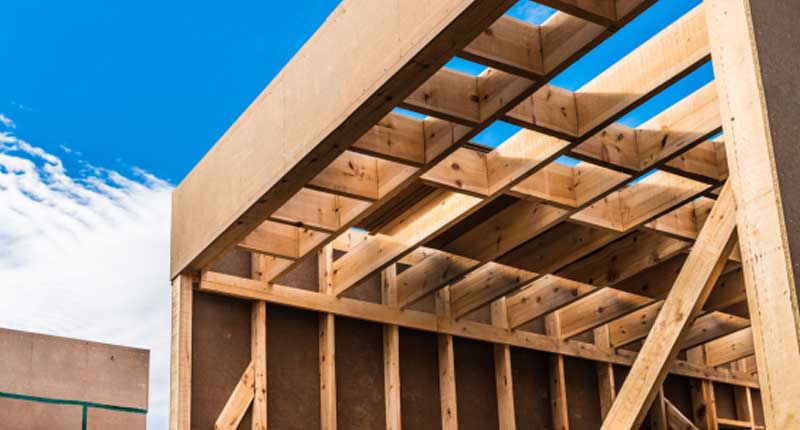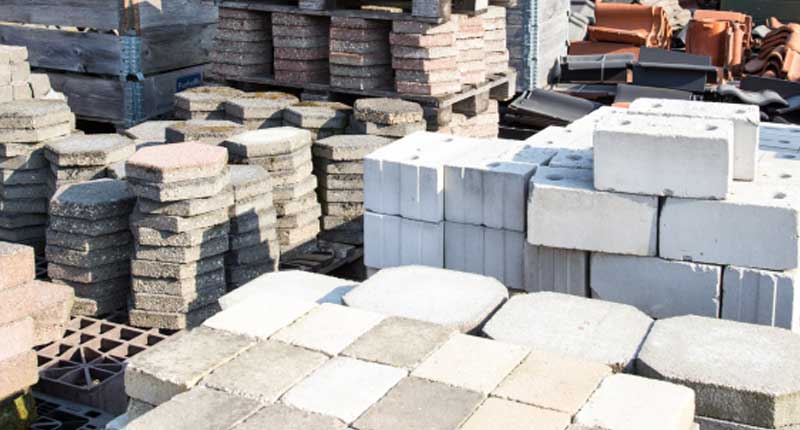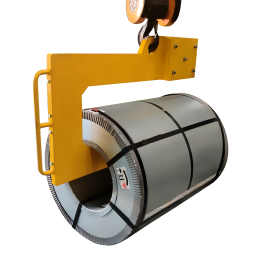
28.May.2025
Sustainable Building Materials: How Manufacturers Are Changing the Industry
Sustainable building materials are no longer a future concept; they are transforming construction today. This blog is for those who care about building responsibly. If you are a builder, architect, or sustainable construction enthusiast, you will appreciate how eco-friendly construction is not only good for the planet but also for the long-term performance and cost-effectiveness of your projects.
Let this guide walk you through why sustainability matters in construction, introduce you to the top five green building materials, and show you how manufacturers are leading this vital change in the industry.
At a Glance
Why Sustainability Matters in Construction
Construction sustainability is building buildings that will stand for a long time and cause less damage to the environment. You might have noticed some projects using a lot of resources or generating a lot of waste. Not only is this bad for the environment, but it is costly in the long run as well. By using green building materials, you assist in reducing energy consumption, minimizing waste, and enhancing indoor air quality. These advances result in healthier buildings for people and less expense in the long term.
When materials are sustainable, the entire life of a project is enhanced. Think about the energy conservation of insulation that makes a building cool in the summer and warm in the winter. Consider the elimination of waste when recycled materials are used instead of virgin resources. Sustainable building ensures that construction is not a one-off process but a step towards a long-lasting, environmentally friendly legacy.
Environmental laws and client demands today are forcing the industry to become more green. The projects that involve the use of sustainable building materials not only decrease their carbon footprints but also tend to have lower operational expenses and better marketability. Green practices are no longer discretionary; they are becoming the norm. Using eco-friendly construction processes is a compelling means of future-proofing your projects and giving a better environment to all people.

Top 5 Sustainable Building Materials
Innovation in material science has given rise to several game-changing products that offer both performance and sustainability. Here are five of the most promising sustainable building materials that are shaping modern construction.
1. Recycled Concrete
Recycled concrete is an excellent case of waste being turned into a useful resource. Instead of exporting used concrete as waste, companies are recycling it into new building materials and aggregates. This not only saves natural resources but also reduces the amount of material sent to landfills.
Employing recycled concrete in road construction or as a component of new concrete mixes is an emerging fad. This reduces the quantity of raw materials needed and also reduces the environmental impact of your projects. Recycled concrete is made just as strong and durable as standard concrete, so it is an excellent choice for green buildings.
You become a part of the circular economy if you utilize recycled concrete. It minimizes waste and has fewer energy inputs utilized during production. It's also a wonderful option if there needs to be sustainability in the environment as well as strong performance. You're upholding green concepts through the implementation of recycled concrete in your services while still attaining standards as demanded in construction today.
2. Bamboo as a Construction Material
Bamboo is emerging as one of the most promising renewable resources in the building industry. As a fast-growing plant with impressive strength and flexibility, bamboo offers a viable alternative to traditional wood and steel. Its rapid growth means that it can be harvested sustainably, making it an attractive option for eco-conscious projects.
Picture a structure where bamboo is used for flooring, wall panels, or even as a primary structural component. Bamboo's natural aesthetic provides warmth and character, while its strength ensures that it can handle the demands of modern construction. Unlike traditional timber, bamboo is less prone to pests and rot, reducing the need for chemical treatments and prolonging its lifespan.
Using bamboo as a construction material supports deforestation efforts and promotes renewable resources. It is lightweight yet robust, lending itself well to innovative designs that require flexibility and resilience. When you incorporate bamboo into your projects, you are not only choosing a green material but also tapping into a resource that is as versatile as it is sustainable.
3. Green Insulation Solutions
Traditional insulation materials have long been associated with non-renewable resources and harmful chemicals. Today, green insulation solutions offer an environmentally friendly alternative that does not sacrifice performance. Materials such as cellulose insulation made from recycled paper, sheep wool, and even recycled denim are making a significant impact on sustainable construction.
Green insulation materials excel at regulating indoor temperatures, which in turn reduces energy consumption. When buildings are properly insulated, they require less heating in the winter and less cooling in the summer. This efficiency translates into lower utility bills and a reduced carbon footprint. Moreover, many of these materials are non-toxic and safer for both installers and building occupants.
The environmental benefits of green insulation are clear. They help to divert waste from landfills and utilize renewable or recycled resources. By choosing green insulation solutions, you are not only enhancing the energy efficiency of your buildings but also contributing to a healthier indoor environment. These materials are a testament to how sustainable building practices can merge functionality with eco-friendly design.
4. Solar Reflective Roofing Materials
Roofing materials play a crucial role in the energy performance of a building. Solar reflective roofing materials are designed to reflect more sunlight and absorb less heat than conventional roofs. This innovation helps keep buildings cooler, reducing the need for air conditioning and lowering energy costs.
Think about the impact on a structure where the roof actively works to maintain a comfortable indoor environment. Solar reflective roofs contribute to lower energy bills and extend the lifespan of the roof by reducing thermal stress. They are particularly beneficial in regions with high temperatures, where traditional roofing can lead to excessive heat gain.
These roofing materials are available in a range of colors and finishes, offering both practical benefits and design flexibility. They align with the growing trend toward sustainable construction by lowering the overall energy demand of a building. When you select solar reflective roofing materials, you are making a choice that supports energy efficiency and long-term cost savings, all while contributing to a reduced environmental footprint.
5. Energy-Efficient Glass
Energy-efficient glass is revolutionizing the way buildings handle natural light and heat. Also known as low-emissivity glass, this technology minimizes the transfer of heat while allowing natural daylight to fill a space. By reducing the amount of heat that escapes in the winter and enters in the summer, energy-efficient glass helps maintain a stable indoor climate.
The advantages of energy-efficient glass extend beyond comfort. With improved insulation, buildings can achieve significant energy savings, reducing reliance on heating and cooling systems. This not only cuts utility costs but also contributes to a lower carbon footprint. In addition, energy-efficient glass protects interiors from harmful ultraviolet rays, preserving the quality of furnishings and finishes.
For architects and builders, energy-efficient glass represents a marriage of form and function. It offers a sleek, modern appearance while delivering performance benefits that support green building certifications. By integrating this type of glass into your designs, you are choosing a material that enhances energy efficiency, comfort, and overall building performance.

How Manufacturers Are Leading the Change
The transition to sustainable building materials is driven by manufacturers who are at the forefront of innovation. These industry leaders are rethinking traditional production processes and investing in research and development to create materials that are both high-performing and eco-friendly.
One of the key ways manufacturers are leading this change is through the optimization of production techniques. New manufacturing processes are designed to reduce waste, lower energy consumption, and make better use of recycled materials. For instance, advancements in recycling concrete and processing bamboo are reducing the environmental impact of material production. This focus on efficiency and sustainability is setting new benchmarks for the industry.
Manufacturers are also playing a crucial role in meeting increasingly strict environmental standards. Many are obtaining green building certifications and adhering to rigorous regulatory requirements that prove their commitment to eco-friendly practices. These certifications serve as a mark of quality and sustainability, giving architects, builders, and developers the assurance they need when selecting materials for their projects.
In conclusion, sustainable building materials are not just a choice; they are a necessity for modern construction. They offer tangible benefits such as energy savings, reduced waste, and improved indoor environments. Manufacturers are leading this charge by developing innovative products and processes that push the boundaries of what is possible. For those who are committed to eco-friendly construction, the future is bright, and the opportunities are endless.
Switch to sustainable materials. Contact us for eco-friendly solutions!






 Why Sustainability Matters in Construction
Why Sustainability Matters in Construction 


